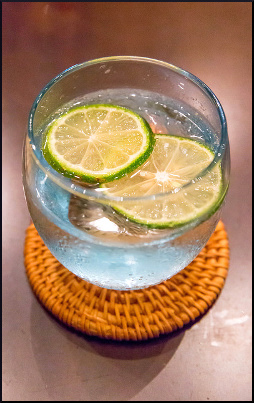
New York City’s official government page says that when the temperature is more than 10 degrees above the “average high temperature for the region,” or the heat lasts for “prolonged periods” and is accompanied by high humidity, that is extreme heat. Since New York is made of asphalt, concrete, and metal, it traps heat like an oven, and might easily be 10 degrees hotter than the outlying areas.
While the heat wave is an inconvenience for many New Yorkers, it can pose significant dangers for the thousands of homeless people living on the streets or in shelters without air-conditioning… It is important to note that homeless individuals and families always have a right to shelter in New York City regardless of the weather, but there are expanded outreach and intake rules when Code Red is in effect.
So wrote Jacquelyn Simone for the Coalition for the Homeless in New York City, where summer weather started a bit early this year. Code Red is of course the condition of heat danger, the opposite of Code Blue which is the freezing hazard in winter.
She notes that under extreme heat conditions, the City has cooling centers in air-conditioned public places, found by calling 311 or going on the Web to Cooling Center Finder. Many of the locations are wheelchair-accessible, and the site advises checking in advance each time, because not all are open every day.
Elsewhere
In Albany, New York, the Capital City Rescue Mission is equipped with central air conditioning, two large ice machines, and a freezer full of ice cream and popsicles. The director, Perry Jones, related how the winter had brought the “code blue” condition many times, and expects the summer to bring many “code red” days.
People who were present when a reporter visited, spoke of being hospitalized for heat exhaustion, and of the rare relief of finding shade under a tree or a bridge, and of volunteering to spread the word about the Mission’s cool refuge.
In Newark, New Jersey, people experiencing homelessness tend to congregate in the rail station, public library, and two city parks. The Central Ward shelter that helped with their needs ran out of money and had to close, earlier this month, displacing about 180 residents. Thanks to the generosity of corporate donors it was able to reopen almost immediately, and the donation will keep the facility going until the end of this month.
What you can do
During that closure in Newark, Facebook spread the word, and local people came around to donate water and snacks at a nearby park. Disseminating such information through social media is something that a person can do even if unable to do anything else.
And informing yourself is very helpful, too. Become cognizant of what kind of aid is available in your city. Work with local authorities and organizations to create better facilities. Do you even know where people experiencing homelessness can get free water, or take a shower? You might even print up little slips of paper with useful information, to give out.
If you see a person who seems to be in distress from the heat, (if it seems safe) ask the person if they are all right, if they need help, or if they have somewhere to go. Maybe even just a gift of bus fare would help, if the buses are air-conditioned. On a rare occasion you might see the need to call 911 for emergency assistance.
Get personal, and find out what this particular individual needs. Maybe in their unique survival situation, the thing that would help most is an umbrella to keep the sun off. You don’t know until you ask.
Of course, there is the obvious. Buy a bottle or a case of water to distribute, and don’t forget, people might have pets who need water too. Give out cups or bags of ice. Distribute sunscreen to prevent sunburn, or aloe vera lotion to sooth it. One of the aggravations of having limited access to water is the difficulty of washing sticky hands, or removing spills onto clothing. Distribute individually packaged wet wipes.
In Austin, Texas, House the Homeless is giving out baseball-style caps with sunflaps to protect vulnerable necks from sun damage. This is a great idea that more cities and groups could adopt, along with other measures to prevent heat stroke, heat exhaustion, skin cancer, and dehydration. And of course, and most helpfully, we can all do more to end homelessness and make this a non-problem.
Reactions?
Source: “Extreme Heat,” NYC.gov
Source: “Help Homeless New Yorkers Stay Safe During the Heat,” CoalitionForTheHomeless.org, 06/18/18
Source: “Local shelters getting ready to help the homeless beat the heat,” News10.com, 06/29/18
Source: “Homeless shelter that closed in sweltering heat reopens (for now),” NJ.com, 07/05/18
Photo credit: Marco Verch (wuestenigel) on Visualhunt/CC BY


